by Dana Zöllner – Erfurt, Germany
From May 13th to 15th, 2025 I had the chance to take part in a training on science communication, the STEM Impact School organized by Wissenschaft im Dialog and supported by the Carl Zeiss Stifung Germany.
It was an amazing three-day workshop with a broad variety of topics that were building up on one another. Starting point was an introduction to science communication in Germany. The trainers also introduced the German organization called Wissenschaft im Dialog, which translates to Science in Dialog. They are indeed a scientific organization for science communication in Germany, which is committed to informed public discourse on scientific topics and helps to enable a productive dialogue between science and society.
In particular, the trainers took us on a journey to develop our own impact strategy. The basic idea is that you have four stairs to climb:
- Input: Resources for project implementation
- Output: Specific communication project
- Outcome: Desired effects on the target group
- Impact: Desired changes at the societal level
But we didn’t start with the input. The trainers asked us to „dream big“ and even go beyond a possible outcome – start dreaming of an impact that you would love to have.
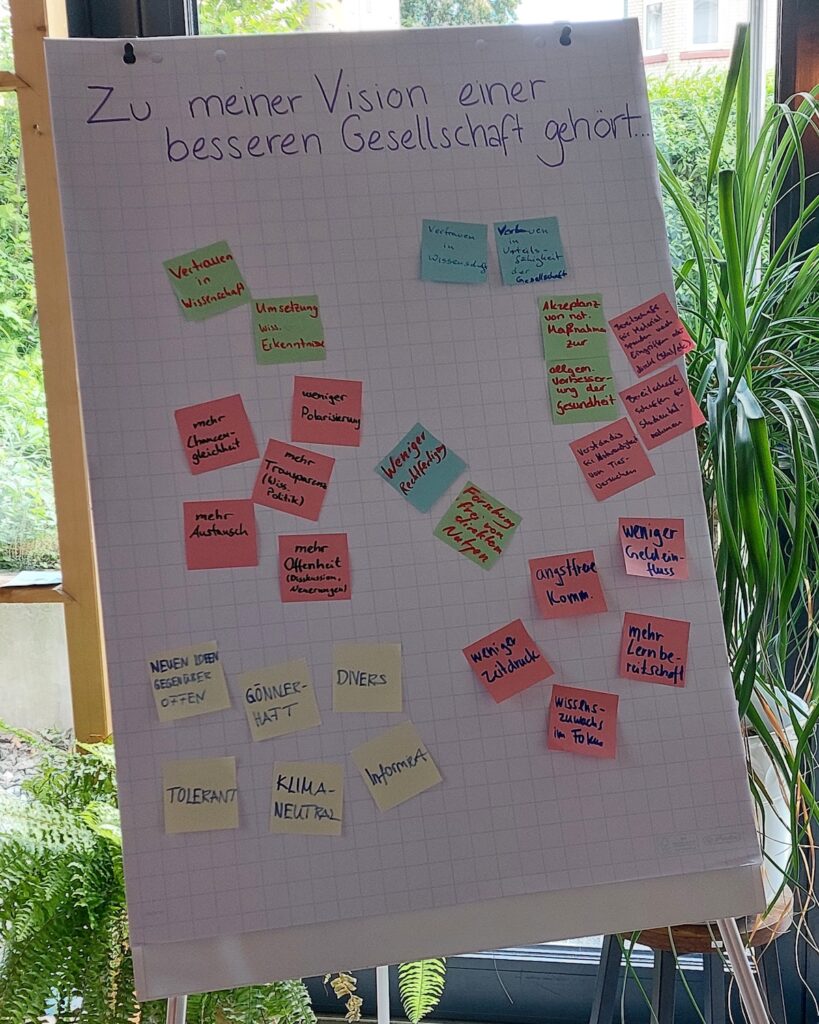
In different sessions we analyzed how to get to a possible impact by producing an outcome using a particular output and lastly analyzing the input that we could prepare for a project. For me it felt like we were actually starting with the big picture and then going more and more into details. I really like this approach since you know where you want to go during all stages of planning.
In particular, the trainers used different types of input sessions with actual examples, which made it easy to connect, as well as individual working tasks and group sessions. All participants realized quickly that there are always multiple ways to reach the desired outcome and impact. Naturally, we discussed the essentials of good communication from relevance and usefulness, context and comprehensibility to questions of empathy, i.e. questions about how to share enthusiasm or consider questions on life situations.
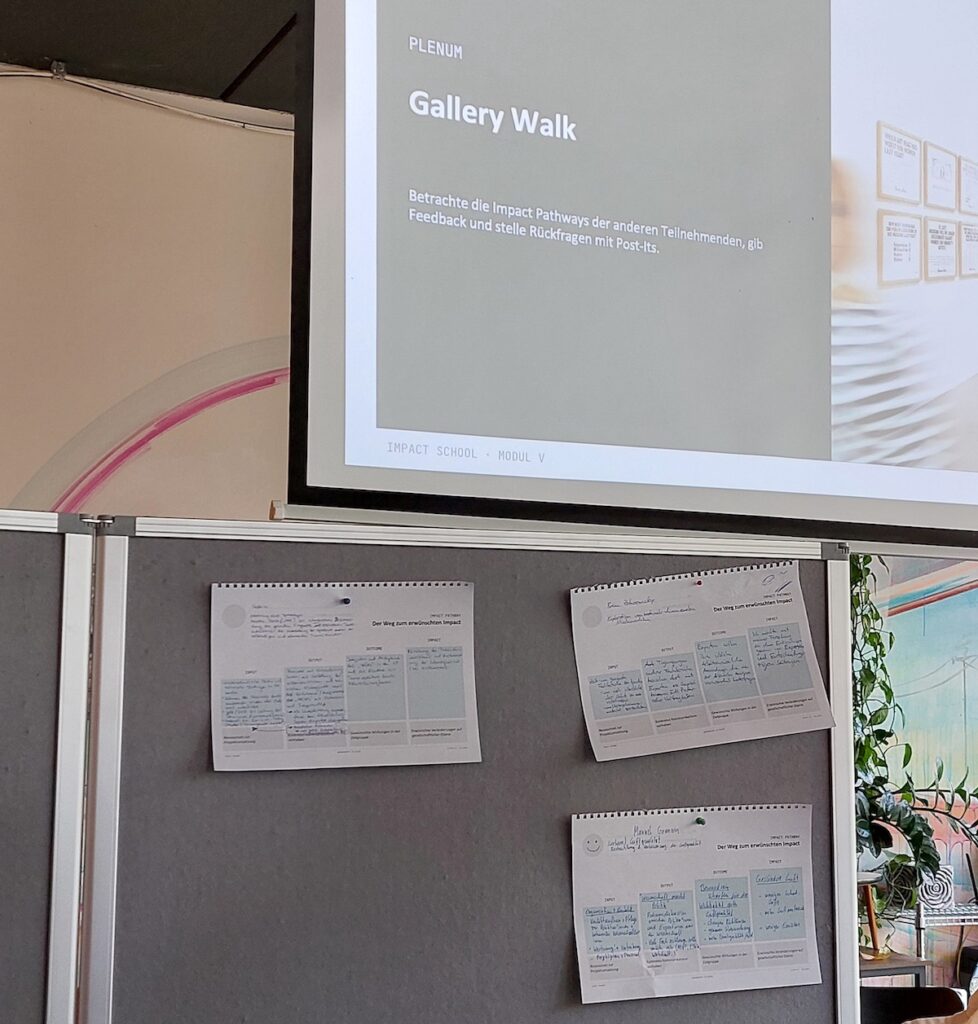
For all these and more areas of science communication the trainers were not only very knowledgeable, but were also open to further questions or special problems from our side. Joint coffee and lunch breaks enabled deeper discussions and exchange.
At the end there was even some time to discuss the question: How can I reflect on the quality of my project? We focussed on indicators for good science communication such as
- Credibility and scientific rigor
- Connection with the target audience
- Communication style
and how to plan an evaluation from the very beginning of a project.
The workshop took place in the cafe called KreativTankstelle in Erfurt. Erfurt is the state capital of Thuringia and is idyllically situated between the Harz Mountains and the Thuringian Forest. This German state is located very centrally – Berlin, Dresden, Munic, and Frankfurt (Main) are easy to reach. But also close by Gotha, Eisenach and Weimar attract many visitors as, for example, Eisenach in well-known for the castle Wartburg and in Weimar you will find the houses of Friedrich Schiller and Johann Wolfgang von Goethe – two very historical German figures.
The Erfurt Cathedral dates back to the 8th century and is really worth a visit. Martin Luther, the theological founder of the Reformation, was ordained a priest at this very church. But the city has many more historic buildings, and if you are looking for something special, go and visit the Krämerbrücke – a bridge, on(!) which you can find medieval houses and shops.
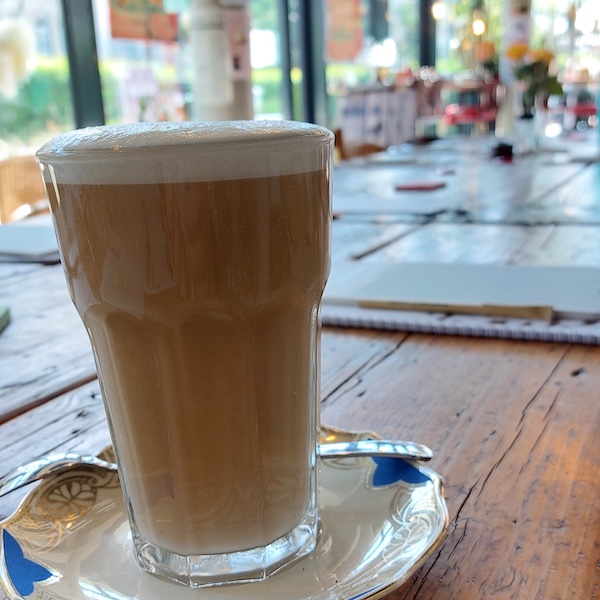
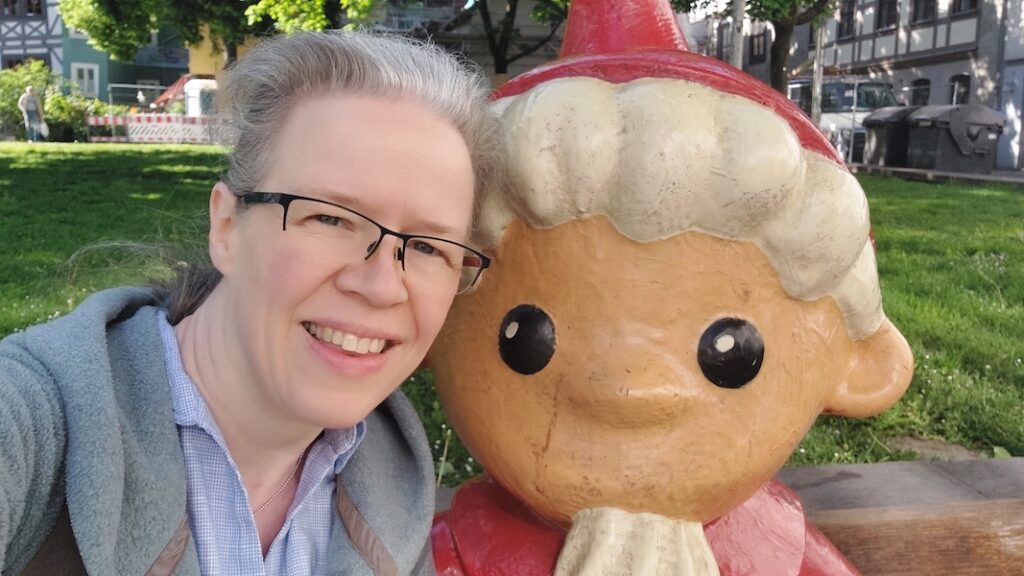
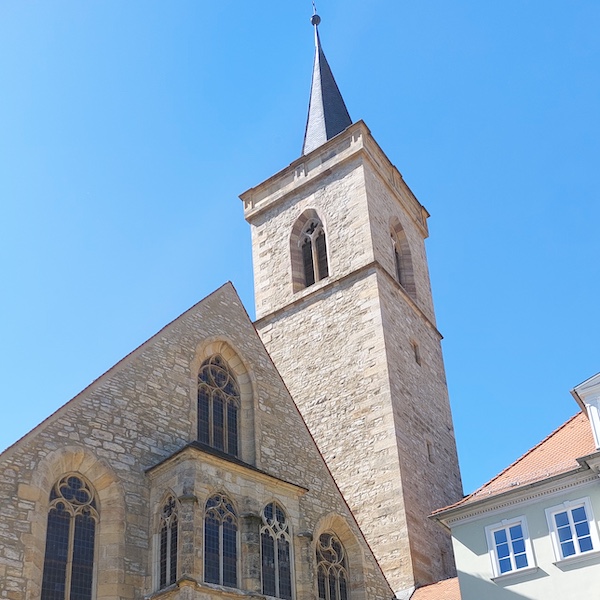
Further information:
photos: Dana Zöllner
